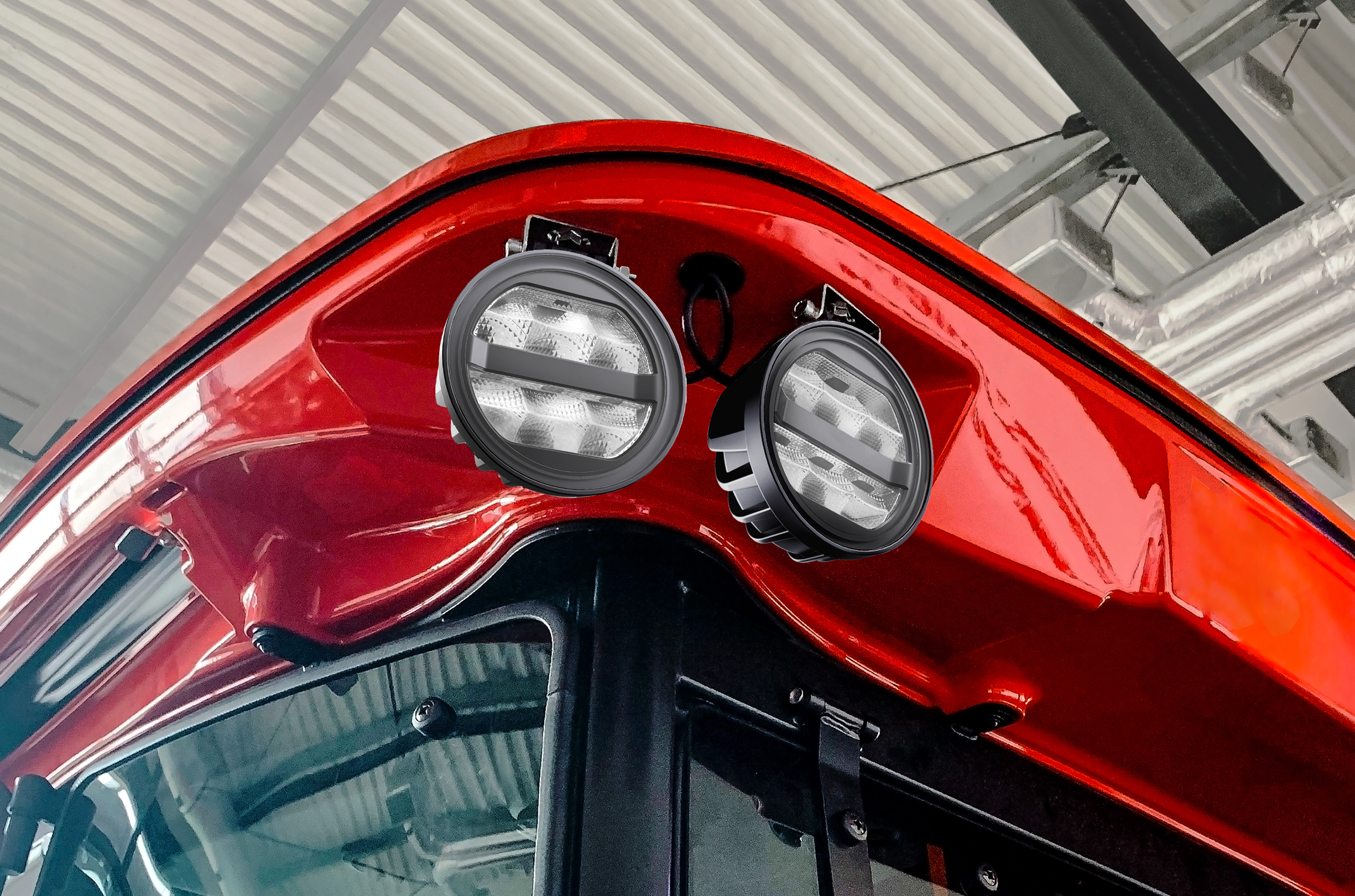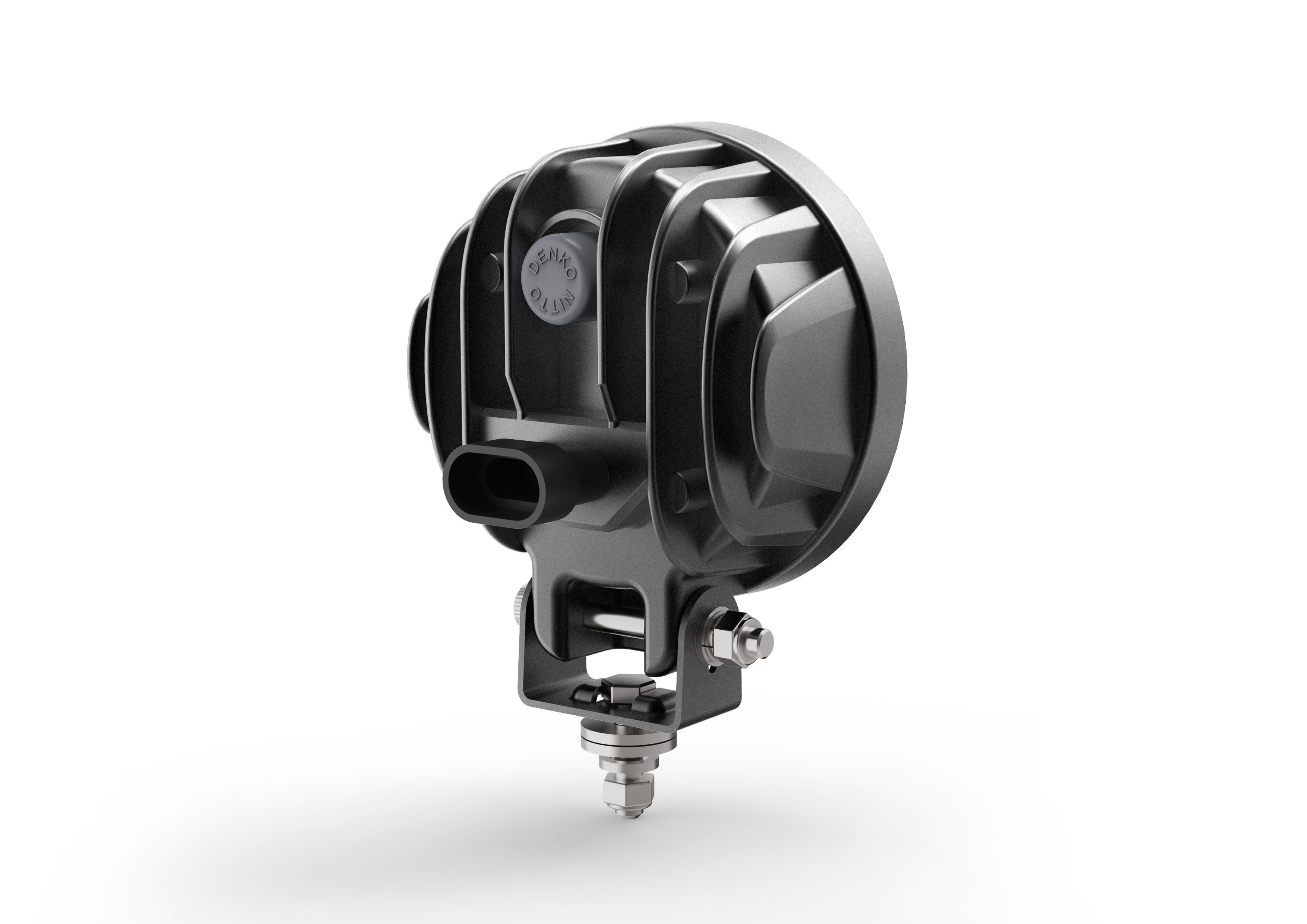




OE Industry combines innovative technology and knowledge with the high demands placed on commercial and agricultural vehicles, including reliability and long service life. Our LED worklights are subjected to the most stringent load tests from the design stage, so that they can later operate reliably under everyday and difficult conditions and have an extremely long service life.
In order to make the right decision, 3 questions must first be answered:
What is to be illuminated? (object, surface, interior room, etc.)?
Where do I want to install the worklight? (mounting space, types of fixtures, etc.).
At what height is the worklight to be installed?
The answers to these questions will help when choosing the right worklight. It is also worth comparing the illumination produced by worklights using beam distribution diagrams. These allow you to see how wide and far the light beam spreads. This is very important because different types of beam are dedicated to different working conditions. Wide-beam work lights are most often used in vehicles that do not move fast, such as agricultural tractors or forestry machines.
The light generated by this beam is widely spread and provides consistent illumination of the area around the vehicle. Long-beam work lights, on the other hand, focus the light on a single point and illuminate the far area in front of the vehicle. They are especially dedicated to vehicles that travel at higher speeds and on public roads.

The service life of a working headlight depends largely on external influences such as vibration, exposure to salt or high temperatures. The service life of LEDs themselves is generally very long, but is shortened by temperature. Worklights are often subjected to very intensive use, which leads to overheating of the LEDs within a very short period of time and a reduction in light output and service life.
Most worklights are equipped with an active thermal system that prevents the headlight from overheating. Thanks to active monitoring, LED worklights achieve an incomparable service life of up to 60,000 operating hours.
When choosing work lamps, lumens should not be the main factor, because a high number of lumens does not in itself guarantee good illumination or a good distribution of light in the working area. The parameter 'lumens' only informs about the amount of light produced by the light source. For manufacturers, the challenge is to capture the light rays, combine them into beams or disperse them appropriately so that they can be directed to the right place.
When choosing the right LED worklight, do not rely solely on the number of lumens given in the specifications. Many manufacturers only provide calculated lumens, the value of which may in reality differ significantly from the actual values. Therefore, always pay attention to whether the luminous parameters are given for actual measurements.
Depending on the type of LEDs in work lights, operating temperatures higher than 120°C result in a significant reduction in their service life. A refined thermal concept must be used to dissipate heat from a tight working light.
Passive heat removal: the heat generated by the LEDs is removed by the working reflector. This effect can be achieved with high-quality heat-conducting materials such as aluminium or special plastics, and by using heat-conducting foils and cooling ribs on the casing.
Active heat removal: this system uses temperature sensors to control the temperature range of the LEDs. If the LEDs become too hot, the operating reflector electronics begin to interfere and reduce the unit's power until the optimum operating range is regained. This effect is almost invisible to the eye, but is crucial to the durability of the device.
